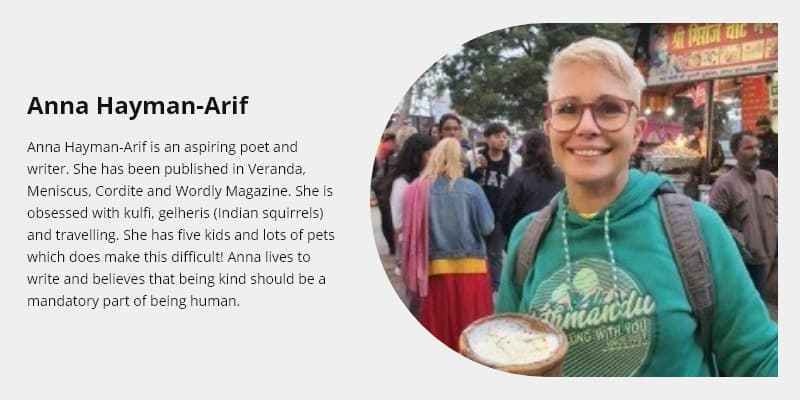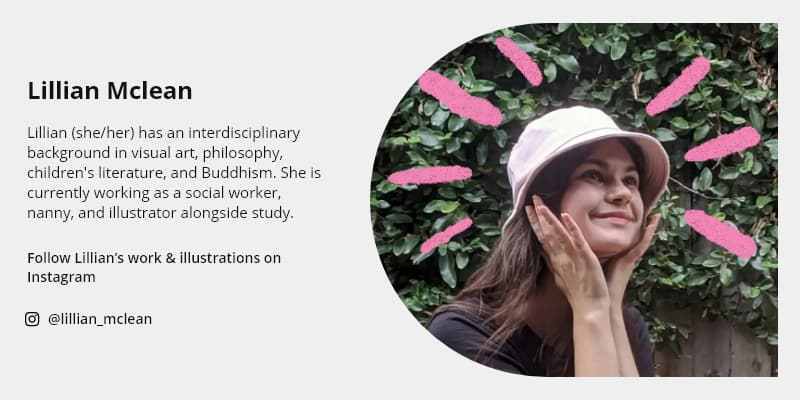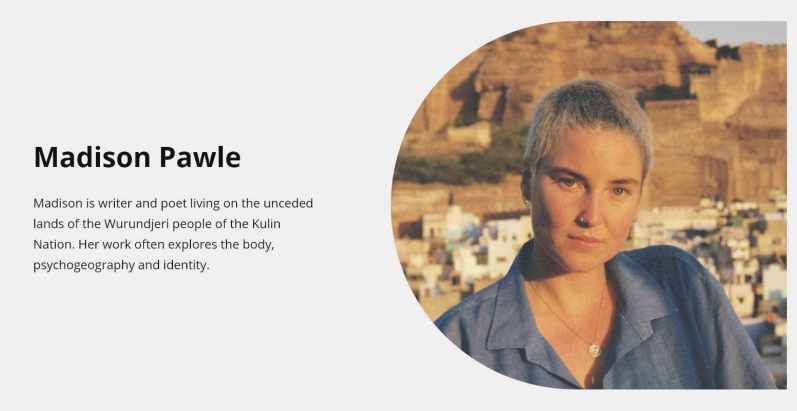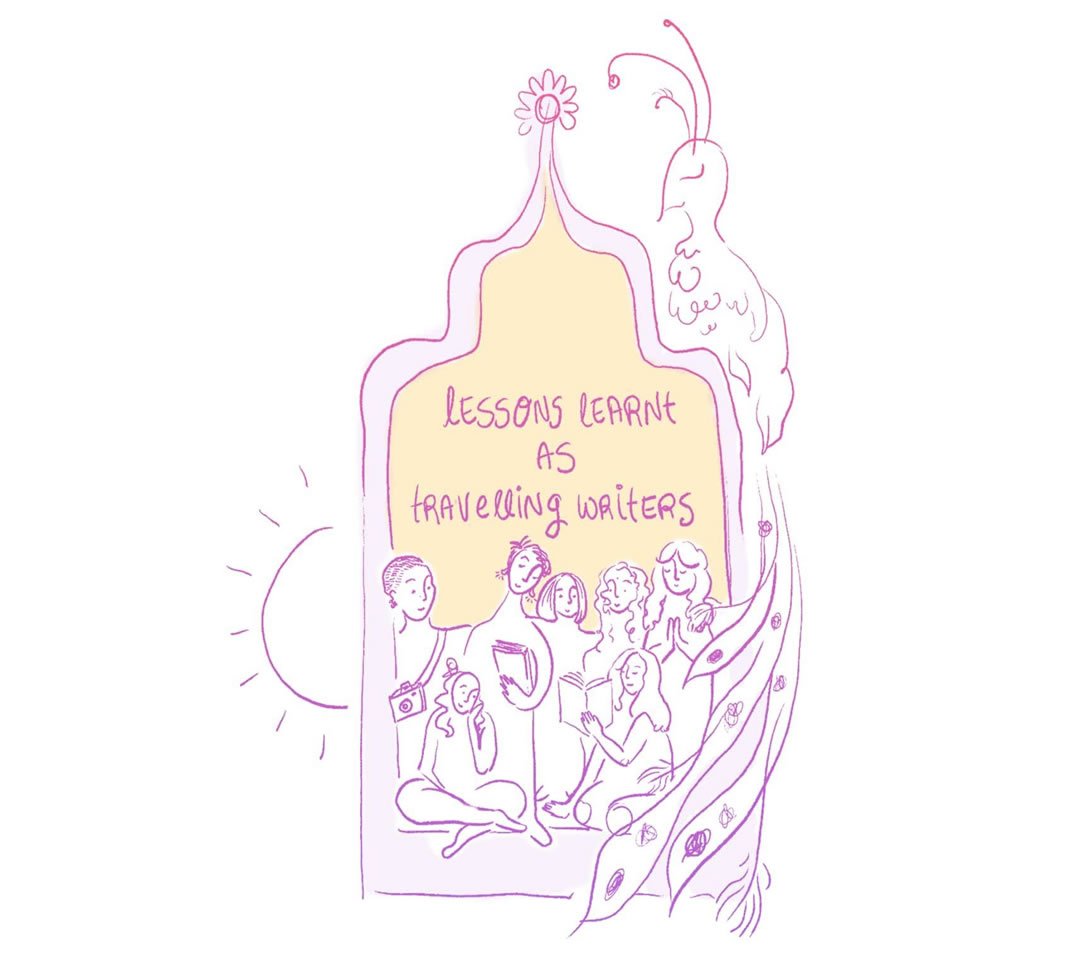From the recent events around us, the world is temporarily inaccessible for physical exploration. But through creativity, we can and will always be able to encounter any space, idea or culture that will fuel our enthusiasm and call upon the hopes for a brighter future.
As a sincerest form of evolving reality, the following examples are set, through sharing of experiences from the Creative Writing students who participated in Jaipur Literature Festival early this year. As delegates to the world’s chief literary festival The Jaipur Literature Festival, the students garnered not only an international exchange of literary culture and an experience from which to write, but also developed valuable and meaningful connections with the community and fellow students from Amity University in Noida.
Be transported through words to the land of diversity that India is:
Here they unfold the mosaic of Indian culture, heritage and hospitality. Allow yourself to be a part of their experiences and be transported through their words to the land of diversity that India is.
Anna Hayman-Arif - Bachelor of Creative Writing
Meeting you (all)
Our meeting was a melding,
a mixing, a folding and fusion.
Clumsy tongues struggled
with unfamiliar syllables and melodies unknown.
Each name was a song,
which you willingly sung.
I had not known the meaning of the word ‘welcome’,
Atithi Devo Bhava
until this incense laden,
flowered introduction.
Kindness and generosity
were the air that we breathed.
“Two of the Indian students, Umair and Veda were buying a cup of badam milk tea. They wanted to split it and have one serve in two cups as it was quite large. The shop vendor had a lengthy conversation with them in Hindi that of course I did not understand. Veda and Umair both came away looking a little dazed and with one cup of tea.
They told us that this vendor had explained to them that he only sold one cup per person so that they were encouraged to share and ‘grow their love’ – be it platonic or romantic. He spoke of the lack of kindness he perceived in the world and was trying to do his bit to combat this. The stall holder commented, Jab hum badlenge tabhi toh samaaj badlega, ‘When we’ll change then only the society will change.’ This illustrates the embedded nature of story in every crack and crevice of Indian culture.”

Jessica Ali - Bachelor of Arts
Awkward honesty falls from mouths to the ears of esteemed guests… but here it is appreciated. Debate is allowed—no shame in a disagreement. There is space for both to exist at once. For all to exist at once. The truths are sprawling and infinite.
Criticism is received with a thank you, gracious for the opportunity it affords. Growth happens. This is India.
Women gather around a table, their understanding of the mystical, the impossibly possible, tethering them to the sight before them. Three women twirl on the stage—three generations—
spinning spinning
spinning spinning spinning spinning
spinning spinning spinning spinning spinning spinning spinning spinning
stop.
This is India.”

Lillian McLean - Bachelor of Arts
“While I was fulfilling a lot of aspirations of seeing monumental art in person, what I did not expect to be so moved by was the artwork on the trucks. Intricate, colourful, spiritual and lay motifs adorned the back, side and front of cargo trucks. The symbolism was widely varied, and the script was so decorative. I learnt that the works of art were commissioned by the drivers themselves, who barely make a living wage. As a viewer, for me this clarified a strong link between 5th century murals and the contemporary murals on the trucks today, mainly in how its patronage is irrespective of income.
Secondly, I’ll try and describe the candid and casual approach that was taken to dance: our young Indian friends danced without irony and without shame at any given opportunity. I feel as though this draws on the rich tradition of dance in the everyday lives of Indian people – whether ancient or modern. They would teach us Bollywood moves and invite us to dance along with the belly dancers. As a lanky dancer, this was a stark contrast to my experience at home, where my time to dance is alone after yoga practice, or in a dim bar with so many people that everyone is some form of anonymous. Dance as a form of communal experience has been interesting to explore in different cultures.”

Madison Pawle - Bachelor of Creative Writing
To demonstrate, she calls students up onto the stage with her, and asks them about where they are from. Gauri Ma’am nods as they name their state (Assam, Rajasthan, Uttar Pradesh, Gujarat) and then their city (Sivasagar, Jodhpur, Lucknow, Ahmedabad). Then she listens as they each tell us about their beloved customs, their language, their cultural knowledge, who they are, what sets them apart or brings them together. She listens carefully, in a way that makes me feel like she is learning too. And this is her point: that to be in a country so vast, with a history equally so, one cannot lay claim to the knowledge of what it is to be Indian. Or what it is just to be . And India, as a country, is an amalgamation of many selves that flow from and into one another. A swirl of cultural hybridity. From the Vedic stories passed down orally from one generation to the next, to the aesthetic flair of the Mughal dynasty and the culinary influences of Persia, to the hundreds of dialects spoken across the land. Here, knowledge is not an object to be gained, but specific to place— a process of experience.”

Nerissa Butt- Bachelor of Creative Writing
“Shivangi explained to me that Jewellery is India’s accent of femininity. Jewellery pieces are crafted into countless variations of patterns, flowers and animals. Made from precious stones, glass and other materials, jewellery harmonises women with nature and ultimately the circle of life. Pieces situated at the forehead of women speak to the preservation of femininity. The alluring nose ring confirms that a woman experiences less pain during childbirth. Earrings prevent evil spirits entering the most vulnerable parts of their bodies. The necklace close to one’s heart protects and strengthen emotions. Bangles are believed to increase a woman’s blood circulation. Rings on fingers help manage the heart’s health. Ankle bracelets and toe rings revitalise women’s reproductive organs.”
In closing, one of the most memorable chance encounters I had at the Jaipur Literature Festival was meeting Margaret Alva, a decorated Indian governess of numerous states and an author. I inquired her what gave her the strength to work in challenging environments. She said, “the belief in myself, my abilities and I surrounded myself with people that inspired and supported me, which over the years has mainly been women.”

Samantha Wheeler - Bachelor of Arts
“THE WORLDS ON FIRE” Poorna states “All my life I wanted to see the Kangaroos, the Koalas but how can I if their going extinct” everyone in the audience goes quiet.
During our time at the university we had many workshops but the one I remember the most was Professor Katya’s on ‘presenting towards an audience’. It was interesting to compare how Indian and Australian students took the activity. The segment above showcases Poorna’s anger towards the Australian catastrophe. Her presentation was one of the most interesting as it showcased an Indian perspective. This was my first taste of an Indian looking into our world, caring about an issue that affected all 9 Australians in that room. This moment was a wake-up call, that when were looking in another country the people of that same country is also looking at us.
“charli?” I hear Yash say to me, a word in Hindi that translates to let’s go? In a form a question.
“charlo” I reply. Translating to let’s go! A screech of excitement comes out of Yash as he links his arm in mine as we try and find a tuktuk.
“Samandha never forget the Hindi I taught you” he leans his head on my shoulder
“Shashan should be here, he was your person” I smile,
“You’re my people as well Yash”

Sinead Waterson - Bachelor of Arts
The most incredible experiences are seeded at a moment but bloom evergreen in retrospect. The festival and tour was an endless wealth from which life lessons are taught and have been reinforced a week, a month, and months later through to my trip to Bali and isolation through COVID-19. What I have learned is that attitudes to work and life are greatly the same and there is arguably far more rich learning achieved from a non-traditional delivery of education. Some truths gained that have contributed to my resilience and drive are as follows;
• The world doesn’t owe you anything and there are no true criteria you have fit to be blessed or poor in the inequality of opportunity
• You always have some form of privilege in a room, from the most covert expression as your presence in it
• Each decision we make is a half-chance at success
• You are never fully responsible for your successes or lack thereof
• Our voice is the most precious asset. Do not waste words.

Summing it up
These events were grim and upsetting, but they heightened our senses and chiselled our values. To have had an insight into the purpose and importance of literature in India, the diversity of cultures and religions, the tastes and interests we have in common despite our different backgrounds and cultural values – these are experiences that will shape our relationships and lives for a long time.
Katya Johanson – Associate Dean, International and Engagement


Above: Illustration by Lillian McLean
If you have any questions about international experience, opportunities or Work Integrated Learning (WIL) programs offered in the Faculty of Arts and Education, please contact the ArtsEd WIL Team.

You must be logged in to post a comment.